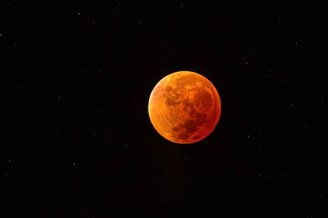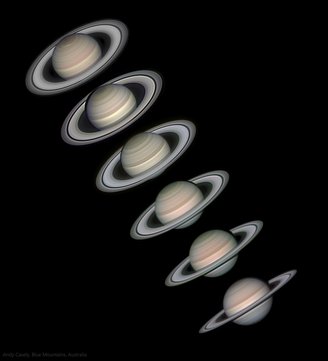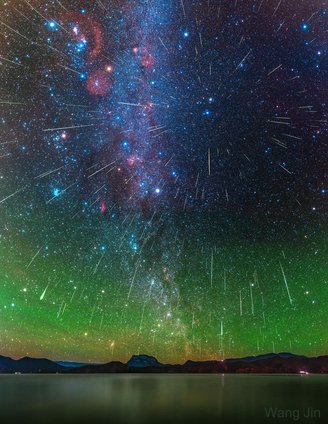The night sky has always been an inexhaustible source of fascination for humanity, and 2025 will be no different! The nights of 2025 promise to be even more special, bringing with them astronomical events that will not only make the sky beautiful, but also connect people to the Cosmos in a unique way.
For astronomy enthusiasts living in Brazil, many of these opportunities will be visible in perfect conditions, allowing anyone to marvel even if they do not have advanced equipment.
We’ve put together a roundup of next year’s best sky shows for you to mark your calendar and get your observing tools ready. Check out some of the main astronomical events of 2025!
Astronomical Calendar 2025
Quarter meteor showers – January 3 and 4
In the first days of the year, The peak of the Quadrantid meteor shower’s activity will occur on the night and dawn of January 3 and 4, respectively.A medium-sized event that can produce approximately 40 meteors per hour.
The shower consists of the remnants of an extinct comet called 2003 EH1 and occurs between January 1 and 5 each year.
Total Lunar Eclipse – March 14

In March, the sky will be decorated with the famous “Blood Moon”. This event is actually a total lunar eclipse, in which the Earth blocks the sunlight reaching the Moon, causing the moon to take on a reddish hue as the light is refracted in the Earth’s atmosphere. The show can be seen from anywhere in Brazil (unless it’s raining, of course).
Partial Solar Eclipse – March 29
A partial solar eclipse occurs when the Moon covers only part of the Sun; sometimes it looks like a piece of cookie. A partial solar eclipse can only be observed safely with a special solar filter or by looking at the reflection of the Sun.
Unfortunately, this partial eclipse will not be visible from BrazilIt becomes visible in Greenland and much of Northern Europe and Russia. Your best coverage will be from Canada, where the Moon will cover about 93% of the sun’s disk.
Read more:
Perseid meteor shower – August 12 and 13
This famous meteor shower, caused by debris from Comet Swift-Tuttle, lights up the sky with fast, bright meteors. Although its peak is more intense in the Northern Hemisphere, Perseids can also be seen in Brazil, especially after midnight, in places far from major cities..
Saturn in Opposition – August 23

The ringed planet will be closest to Earth and its face will be fully illuminated by the Sun. It will be brighter than at other times of the year and will be visible all night.
This is the best time to view and photograph Saturn and its moons. A medium or large telescope will allow you to see Saturn’s rings and some of its brightest moons.
Orionid meteor shower – October 21 and 22
Orionids, Particles produced by space debris left behind by Halley’s Comet will be visible in dark skies around the world. Although the speed of meteors is moderate (about 20 per hour), the beauty of their long, bright orbits is worth any patient’s wait!
Geminid meteor shower – December 13 and 14

The Geminid meteor shower, which closes out the year, promises to be one of the most intense events of 2025, producing up to 120 meteors per hour on busy nights.
The vibrant colors and slow trajectories of meteors produced from debris left behind by an asteroid known as 3200 Phaethon are some of the striking features that make this shower a must-see for enthusiasts.
super moons
Unfortunately, we won’t have many super moons in 2025, but the dates are given below so you don’t miss these celestial sights.
- November 5, 2025;
- December 4, 2025.
Always be aware of all the celestial events of 2025 on TecMundo and get the opportunity to share the year’s calendar with your friends!
Source: Tec Mundo
I’m Blaine Morgan, an experienced journalist and writer with over 8 years of experience in the tech industry. My expertise lies in writing about technology news and trends, covering everything from cutting-edge gadgets to emerging software developments. I’ve written for several leading publications including Gadget Onus where I am an author.












